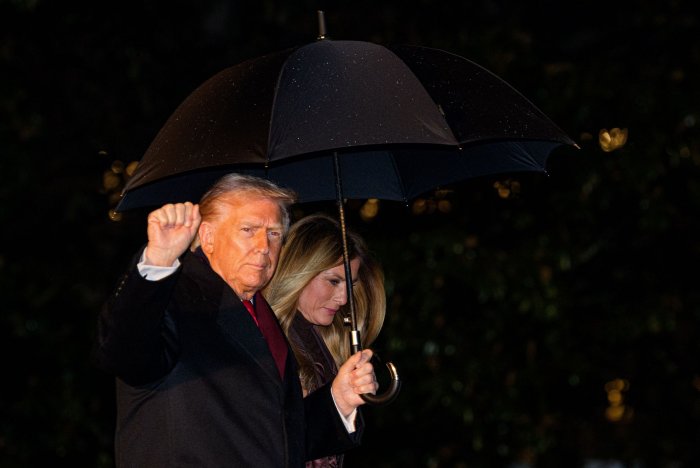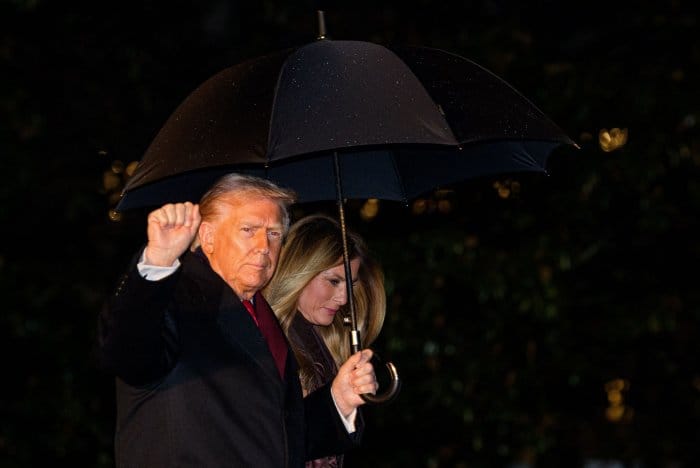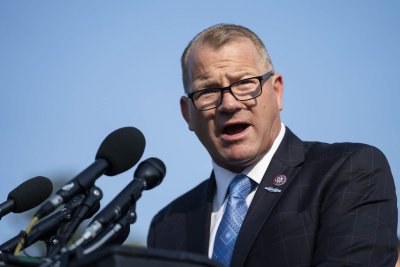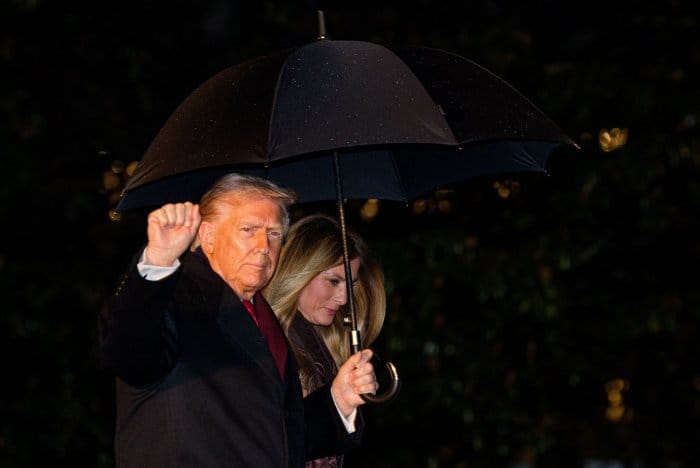Another son of Mexican drug kingpin ‘El Chapo’ pleads guilty in Chicago

Joaquin Guzman Lopez was arrested on July 25, 2034, in Santa Tefesa, N.M. On Monday, he pleaded guilty in Chicago federal court to U.S. drug trafficking charges. Photo by Immigration and Customs Enforcement.
Dec. 1 (UPI) — Joaquin Guzman Lopez, the son of Mexican drug kingpin “El Chapo,” pleaded guilty on Monday in Chicago to U.S. drug trafficking charges, after his brother entered a plea deal in July.
And for the first time, he admitted during the hearing to leading the kidnapping of elusive Sinaloa Cartel leader Ismael “El Mayo” Zambada in 2024. In an effort for leniency, he surrendered with Zambada in New Mexico after a private plane trip from Mexico.
Known in Mexico as the “Chapitos,” or “little Chapos,” Joaquin Guzman Lopez and brother Ovidio Guzman Lopez were among four sons charged in a 2023 indictment in Chicago that accuses them of controlling their father’s empire, including through violence. The two brothers were arrested in July 2024.
The other brothers are Jesus Alfredo Guzman Salazar and Ivan Archivaldo Guzman Salazar, who are fugitives. A reward of $10 million has been offered by the U.S. State Department for information leading to the arrest of each of Jesus Alfredo Guzman Salazar and Ivan Archivaldo Guzman Salazar.
Joaquin “El Chapo” Guzman is serving a life sentence after being convicted in 2019 for his role as the former leader of the Sinaloa Cartel for over 25 years. The brothers allegedly assumed their father’s former role as leaders of the cartel when he was arrested in 2016.
Joaquin Guzman Lopez, 39, pleaded guilty to two counts of drug trafficking and continuing criminal enterprise during a hearing in the U.S. District Court for Northern Illinois. He acknowledged his role in overseeing the tens of thousands of pounds of drugs transported to the United States, mostly through underground tunnels.
That includes methamphetamine, marijuana and fentanyl. These drugs have led to tens of thousands of overdose deaths annually.
During the hearing, U.S. District Judge Sharon Coleman asked him what he did for work.
“Drug trafficking,” he said in English.
“Oh, that’s your job,” Coleman said with a chuckle. “There you go.”
His defense attorney, Jeffrey Lichtman, told reporters after the hearing: “The government has been very fair with Joaquin thus far. I do appreciate the fact that the Mexican government didn’t interfere.”
Lichtman said he likely will avoid life in prison in the deal, which includes cooperating with prosecutors. He faces at least 10 years in prison and no chance for an appeal, prosecutor Andrew Erskine said.
He also agreed to forfeit $80 million.
The judge didn’t set a sentencing date.
“She takes all the recommendations, she listens and she makes up her own decision because that’s why she’s the judge and why none of us are the judge because she’s not partisan,” Lichtman said.
Besides the trafficking of drugs, Guzman Lopez also admitted to kidnapping an unnamed person purported to be Zambada.
The prosecutors said men working for Guzman Lopez handcuffed “El Mayo” and placed a bag over his head.
He was given a sedative during a flight to New Mexico in hopes of a sentencing break. By then, the brothers were already indicted.
“El Mayo,” the co-founder of the Sinaloa Cartel, pleaded guilty this summer in New York to drug charges. Zambada is set to be sentenced Jan. 12 in Brooklyn.
In his 35-page plea agreement, Guzman Lopez admitted he and his brothers bribed public officials and used guns and other dangerous weapons to commit violence, including murder, kidnapping and assault “against law enforcement, rival drug traffickers and members of their own trafficking organization.”
In July, Ovidio Guzman Lopez pleaded guilty to drug trafficking, money laundering and firearms charges tied to his leadership role in the cartel.
He faces up to life in prison and forfeiture of $80 million. A sentencing hearing is scheduled for later this year.
The four brothers led the Sinaloa Cartel’s violent Chapitos faction in Chicago and accounted for an estimated 80% of narcotics sold in the city.
The Sinaloa Cartel used jumbo jets, submarines and tunnels to smuggle the drugs into the United States. They then laundered billions of dollars in proceeds back to Mexico.
The cartels worked with street gangs, who helped them break down the product and deliver it to the streets.
























